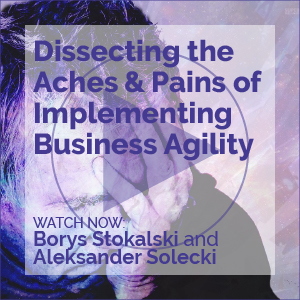Data Quality Defined
Managing Innovation: What We Think in 2003
Does this make sense? We don't think so. In fact, technology innovation has not only continued to advance at a fast clip, but the nature of the innovation has been nothing short of profound.
Who Owns Strategy? Everyone
Who owns all these activities in your company? While we'll focus primarily on strategic requirements in this Update, it's also important to map the requirements-gathering processes and identify their owners.
Thinking Counts When It Comes to Strategy
Not too long ago, when everyone was focused on e-business, business models were scrubbed several times a month. When the dot-coms crashed and burned, many companies returned to their strategic planning roots, to processes that assumed more continuity and less volatility.
Managing Technology Decisionmaking
Managing IT Innovation: Spotting the Next Big Thing
Is Open Source Ready for Prime Time?
Come Together: Business Collaboration Meets Technology Integration
Come Together: Business Collaboration Meets Technology Integration
Come Together: Business Collaboration Meets Technology Integration
A Market Snapshot: Insights From Cutter's Web Services Survey
Who's Leading the Way Among Web Services Vendors?
Considerations in Groupware Concepts and Tools Designs
Groupware today has been interpreted and misinterpreted differently by different people. Organizations spend lots of money on groupware implementations and end up not utilizing the applications that are available.










